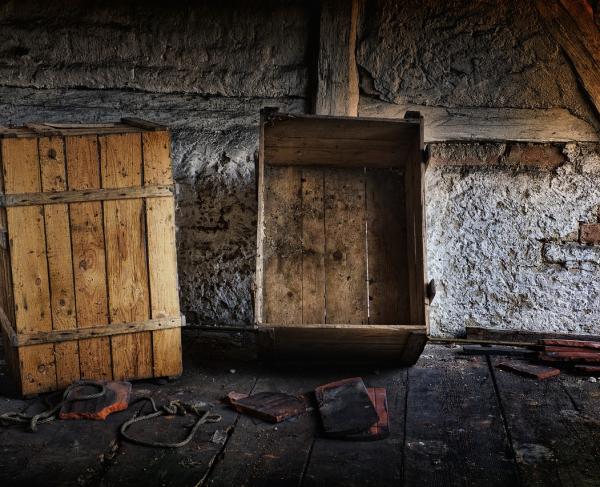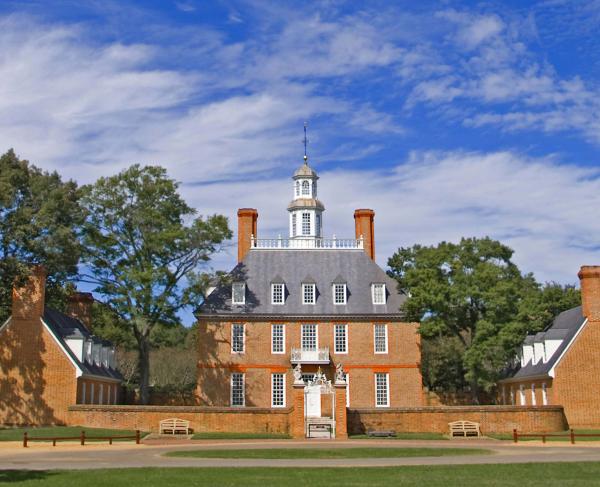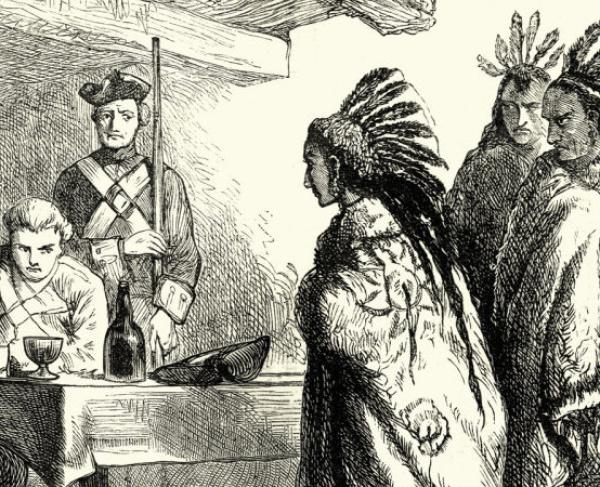In response to growing tensions between the American colonies and Great Britain which continued to escalate in the aftermath of the Boston Tea Party, local leaders in Mecklenburg County, North Carolina met at the county courthouse on May 31, 1775 to draft the Mecklenburg Resolves.
In December 1773, patriots in Boston, Massachusetts demonstrated their frustrations by dumping tea into the Boston Harbor. This act spurned the British Parliament who, in February 1774, declared Massachusetts to be in an open state of rebellion against their authority. Further, that spring Parliament passed the Coercive Acts to punish the rebelling colony. Deemed “intolerable” by American colonists, the acts were meant to intimidate the colonies into submission but instead, fostered a new sense of solidarity among the thirteen colonies as tensions grew.
In spring 1775 colonists in Mecklenburg County, North Carolina were well aware of the growing discontent between the colonies and Great Britain. Thomas Polk, a prominent planter, militia leader, and former member of the North Carolina House of Commons assembled a committee to meet at the Mecklenburg Courthouse on May 31, 1775. The resulting Resolves included 20 articles, which started by declaring that any authority of King or Parliament over the colonies “annulled and vacated,” and took measures to establish local authority over residents at the county level. The articles further state that the established Resolves should be “in full Force and virtue...until…the legislative Body of Gret-Britain resign its unjust and arbitrary Pretentions with Respect to America.”
Importantly, the Resolves called for the readiness and support of local militia companies, able and willing to defend the colony, as well as calling for the purchase and storage of gunpowder and flints. The Mecklenburg County Regiment was established the same day, with Thomas Polk as colonel. The regiment mustered under the Salisbury District Brigade with which it saw action in critical engagements such as the Battle of Moore’s Creek Bridge in 1776, Stono Ferry in 1779, Guilford Court House in 1780, and Cowpens in 1781. The regiment was active for the duration of the war.
The full text of the Resolves was published in the North-Carolina Gazette on June 16, 1775, inspiring other counties to adopt their own. Days later on June 20, an association of residents in Cumberland County signed their own, pledging to sacrifice their “lives and fortunes” to secure the “freedom and safety” of the “injured country.”
Together, these individual resolves laid the foundation for the later Halifax Resolves. Adopted on April 12, 1776, theses Resolves united North Carolina in support of the Continental Congress issuing a formal declaration of independence from Great Britain.



